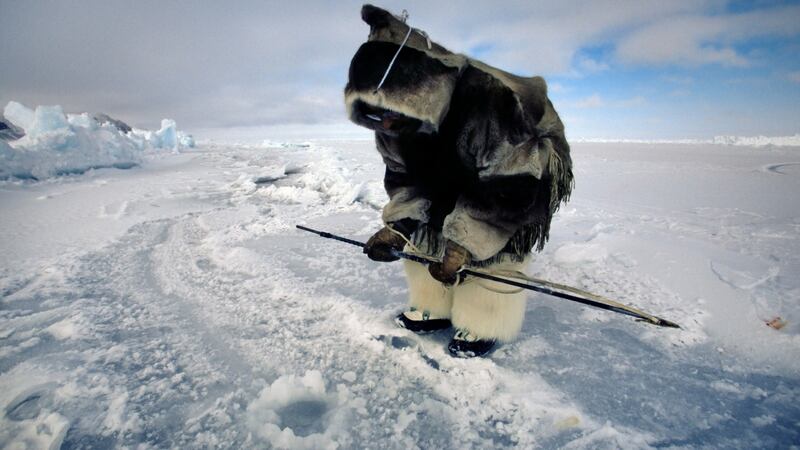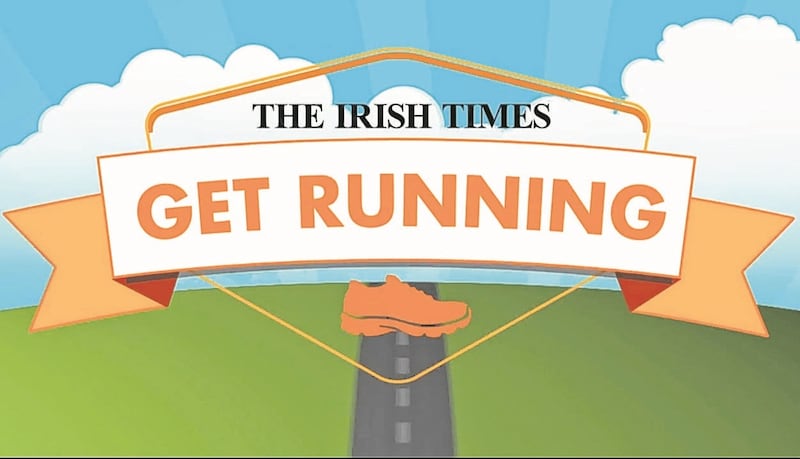In the early 1900s, Arctic explorer Vilhjalmur Stefansson lived among the Inuit for several years eating mostly whale blubber, some fish and meat, as did they. He didn't keel over or turn into a version of the puffy Michelin man. He also noticed that rates of cancer, heart disease, diabetes and other chronic diseases were low among the Inuit.
In fact, he felt so good after living in the Arctic that he agreed to take part in dietary experiments on himself after his return to the United States.
The results and his experience in the Arctic were so positive he wrote a book entitled Cancer: Disease of Civilization. The way of eating had left him healthy, vigorous and slender. The primary lesson was that humans who eat a lot of blubber can not only be healthy, they can thrive.

We need to consume fat if we want to feel in tip-top form. That’s because the human brain is nearly 60 per cent fat and to perform it needs to get a regular supply of essential fats, ie those found in fish, nuts, seeds and some oils.
If you want to feel good and look good without really trying hard, you need to have fats in your diet. It helps our bodies to produce healthy cells and produce hormones. Almost nothing works well without essential fats. Fat is needed for the absorption of fat-soluble vitamins such as A, D, E and K.
Tastes good
Aside from the fact that it tastes good, a little fat in our food can slow down absorption of carbohydrates. (Hence the current fad for putting coconut oil or even a stick of butter into coffee.)
Without essential fats, your brain cannot function, leading to lower IQ, poor memory and a tendency to feel low, which helps to explain why low-fat diets make us feel so bad. You can get mood swings, PMS, sugar cravings and weight gain. Your skin can feel dry and your heart and arteries suffer.
So why put yourself through all that? The fear is that fat will make us fat and damage our health. That has made too many of us scared of it.
It might seem hard to imagine living on a diet that can be 80 per cent fat and feeling healthy. That is just what the ketogenic diet, which mimics that of the Inuit diet to some extent, and there are many who say it works for them including cancer survivor and chef Domini Kemp, who has written The Ketogenic Kitchen, with nutritional therapist Patricia Daly, for those who want to follow in her footsteps.
So why can't we just load up on cheesy fries to achieve our health goals? The answer, according to Dr Robert Lustig, author of Fat Chance, The Hidden Truth about Sugar Obesity and Disease, lies in the fact that we tend to combine fat with carbohydrates pretty much at every meal, unlike the Inuit.
“Evolutionarily, the metabolism of fat and carbohydrates developed separately,” he writes. In other words, the diet of the hunters seems to have developed separately from those of the collectors of fruit, seeds and plants.
Hence those on low-carb diets, such as that developed by Dr Robert Atkins in the 1970s, which advocate eating plenty of fat, do tend to lose weight. Just look at Kim Kardashian, who kicked her baby weight last year on an Atkins-style diet. It can work so long as they stay off the pasta, bread and other carbohydrates. But how practical is that? Would you even want to do it?
Negative impact
And is it healthy in the long term? That is debatable as it has also been criticized for having a negative impact on long-term health.
The Atkins diet makes a lot of people angry for another reason: it went against government guidelines for many years, which were to cut down saturated fat, ie that found in butter, cheese and red meat mainly.
Fat was the bogeyman for about 50 years. It is hard to imagine that any well-meaning official intended that we replace the fat in our diets with sugar, but that is what happened to a large extent. Low-fat flavoured yoghurts, for example, usually have a lot of sugar added to them. It’s very hard to find a product labelled “low-fat” that does not have added sugar or other cheap fillers.
That’s because no-fat foods are not so appealing. “When you take the fat out, food tastes like cardboard. And palatability equals sales,” writes Lustig.
In her book Swallow This, Serving up the Food Industry's Darkest Secrets, respected British health journalist Joanna Blythman writes: "So fixated was the dietetic establishment with promoting fat avoidance, that on occasion it ended up promoting sugar because the healthiness of food was defined by the absence of fat."
In the 1960s, the sugar industry funded research that downplayed the risks of sugar and highlighted the hazards of fat, according to an article published recently in the JAMA Internal Medicine, a medical journal published by the American Medical Association.
What a lot of people do not realise is that sugar that is not burnt off with activity gets stored as body fat pretty quickly. So you are doing yourself no favours at all by choosing low-fat products.
After playing the part of bogeyman for so long, fat has been rehabilitated recently. That happened particularly after the release of a Swedish study in 2013 followed by a University of Cambridge study in 2014, which said there was no significant relationship between the amount of certain fats in our diet, such as saturated fat, and heart disease.
Biggest lesson
Be aware, however, that today the Inuit do not enjoy the rude health of previous generations. They suffer with the same type of issues as we do. “This has changed with the introduction of processed food into their diet,” writes Lustig. It seems logical to cut fat from your diet if you want to lose fat from your body. But we are not machines. It’s not as simple as: eat less fat to lose fat. We need the right type of fats and oils in our diet.
The biggest lesson we need to learn about fat is that we don’t need to be afraid of it. You don’t have to run from the butter, the olive oil or the nuts. Just be cool around them. Have a dab of butter, some oily dressing on your salad, a handful of nuts as a snack, but don’t get carried away.
Three reasons why you should eat fat
1: Makes food satisfying so you don't overeat
2: Your brain needs essential fats to function
3: You can get fat-soluble vitamins
Three sources: where to get it
1: Coldwater fish such as salmon, mackerel and herring
2: Nuts and seeds such as walnuts, almonds and sunflower seeds
3: Lean meats

Sign up for one of The Irish Times' Get Running programmes (it is free!).
First, pick the programme that suits you.
- Beginner Course: This programme is an eight-week course that will take you from inactivity to being able to run 30 minutes non-stop.
- Stay On Track: The second programme is an eight-week course for those of you who can squeeze in a 30- to 40-minute run three times a week.
- 10km Course: This is an eight-week course designed for those who can comfortably run for 30 minutes and want to move up to the 10km mark.
Best of luck!







